Freight operators and Network Rail are grappling with ways to increase the number of trains serving London Gateway.
Up to 20 trains a day go in and out of the port, a number which has increased from around 12 since Gemini Alliance diverted its ships from Felixstowe earlier this year.
Freight operators and Network Rail are grappling with ways to increase the number of trains serving London Gateway.
Up to 20 trains a day go in and out of the port, a number which has increased from around 12 since Gemini Alliance diverted its ships from Felixstowe earlier this year.
However, rail traffic to London Gateway is restricted by a Harbour Empowerment Order which limits the number of trains during peak hours (0700-1000 and 1600-1900) that can cross five level crossings between the port and Barking, in order to minimise road disruption.
Freightliner Managing Director (Intermodal Logistics) Chris Lawrenson said: “These limitations significantly constrain capacity, particularly when combined with the already dense passenger timetable on the LTS [London, Tilbury and Southend] line. This creates a challenging pathing environment for freight services.
“With DP World having just opened the second rail terminal, we are actively working with Network Rail to identify additional capacity on the rail network.”
GB Railfreight Chief Executive John Smith also commented on the LTS line.
“There’s obviously a lot of other freight traffic that operates on that route, more so than you would see exiting Felixstowe,” he explained.
“Then it all comes together near Barking, where you either go by the Gospel Oak-Barking line for the West Coast Main Line, or you go across the ladder at Stratford, if you’re going North London line and East Coast.”
On the level crossing restriction, he added: “That loses you a quarter of your capacity straight away.”
Smith also commented that the route to Felixstowe has “quite a lot of slack” in it to allow for late-running trains to make up time, something that’s harder with London Gateway services.
He said there was “clearly a need for investment” in the route.
Both operators are working with Network Rail, DP World (owner of London Gateway) and the Department for Transport to tackle capacity challenges.
RAIL understands that electrification of the final stretch of line into London Gateway is being considered.
Currently, freight trains into London Gateway are diesel-hauled, due to gaps between stretches of overhead wires along the routes used by trains to and from the port.
While Freightliner said electrification would “make a significant difference” by enabling electric-hauled services directly into the port, Smith observed: “It’s a nice-to-have, but we’re not in a nice-to-have environment.”
Lawrenson said part of the discussions include “exploring options to relax the Harbour Empowerment Order”, as well as other opportunities to address problematic crossings, particularly East Tilbury and Grays.
Freightliner has advocated the long-planned development of Ripple Lane as a nodal yard.
Its redevelopment, to accommodate roads up to 700 metres long, was listed in the London Freight Strategy of 2022 but hasn’t gone beyond the drawing board.
Other options on the document that have not come to fruition owing to funding include upgrading Kensal Green Junction to increase line speed, new platforms for passenger trains at Camden Road and Clapham Junction, and extending overhead wires further along the West London Line.
DP World declined to comment on the Harbour Empowerment Notice, but a spokesman told RAIL: “DP World’s ongoing £1 billion expansion of London Gateway will deliver a new second rail terminal, doubling rail capacity at the logistics hub.
“The first stage of the second rail terminal is already open, adding new services on top of the 20 daily rail round trips which currently run from London Gateway.”
Tesco has also announced plans for a new distribution centre at London Gateway, which will open in 2029.
Andrew Woolfenden, Tesco UK Distribution & Fulfilment Director, said setting up at London Gateway would allow the supermarket giant to “take full advantage of the seaport and rail infrastructure”, although at present it’s unclear if the centre is to deliver goods across the country or the London area.
Login to continue reading
Or register with RAIL to keep up-to-date with the latest news, insight and opinion.



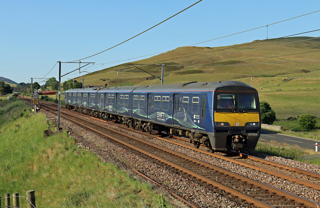
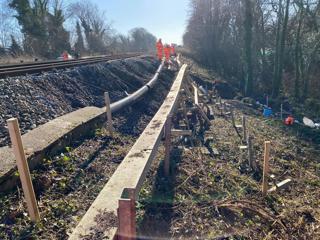

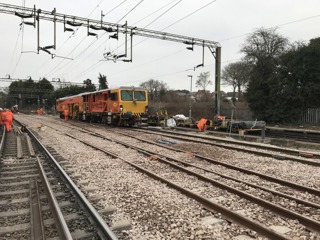
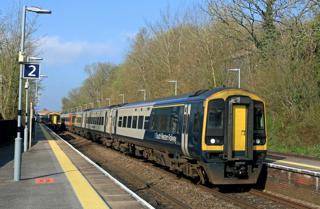
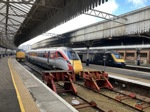
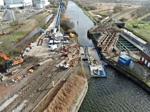
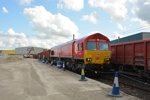


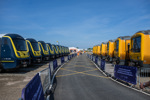






Login to comment
Comments
No comments have been made yet.